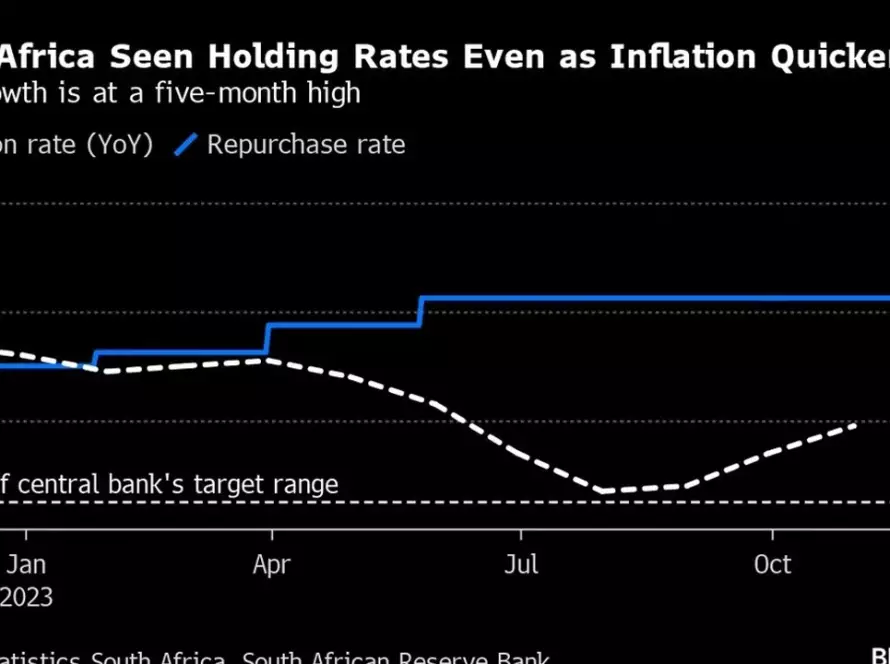Angola has said it is leaving the Organization of the Petroleum Exporting Countries (OPEC) with effect from Jan. 1 2024, after exits from Ecuador in 2020 and Qatar in 2019.
Angola, which joined OPEC in 2007, produces about 1.1 million barrels per day, compared with 28 million bpd for the whole group.
Here are details on OPEC members, market share and Angola’s oil production.
OPEC MEMBERS, MARKET SHARE
OPEC was founded in 1960 by Saudi Arabia, Kuwait, Venezuela, Iran and Iraq. Angola joined the group in 2007. Since 2017, OPEC has worked with Russia and other non-members as part of the OPEC+ group to manage the market, in whose agreements Angola participated.
Angola’s departure from OPEC will leave it with 12 members and crude oil production of about 27 million bpd, some 27% of the 102 million bpd world oil market.
This further reduces OPEC’s share of the world market which stood at 34% in 2010.
As well as the departure of some members, OPEC and OPEC+ decisions to cut production and rising output of non-OPEC countries including the United States have weighed on its market share.
ANGOLA’S OIL PRODUCTION, QUOTA DISPUTE
In recent years, Angola has been unable to meet its OPEC+ output quota because of declining investment.
For 2024, OPEC+ lowered Angola’s oil output target at a meeting last month to 1.11 million bpd. This followed a review by outside analysts to verify production figures for Nigeria, Angola and Congo.
Angola, which had sought a quota of 1.18 million bpd, did not agree with this and sent a note of protest to OPEC.
OTHER COUNTRIES THAT LEFT OPEC
Angola would join other nations with relatively small oil output that have left in recent years.
Qatar in 2019 quit OPEC to focus on gas, which some analysts interpreted as a swipe at Saudi Arabia, the oil exporting group’s de facto leader.
Ecuador left in 2020 and Indonesia suspended its membership in 2016.
Source: CNBC



